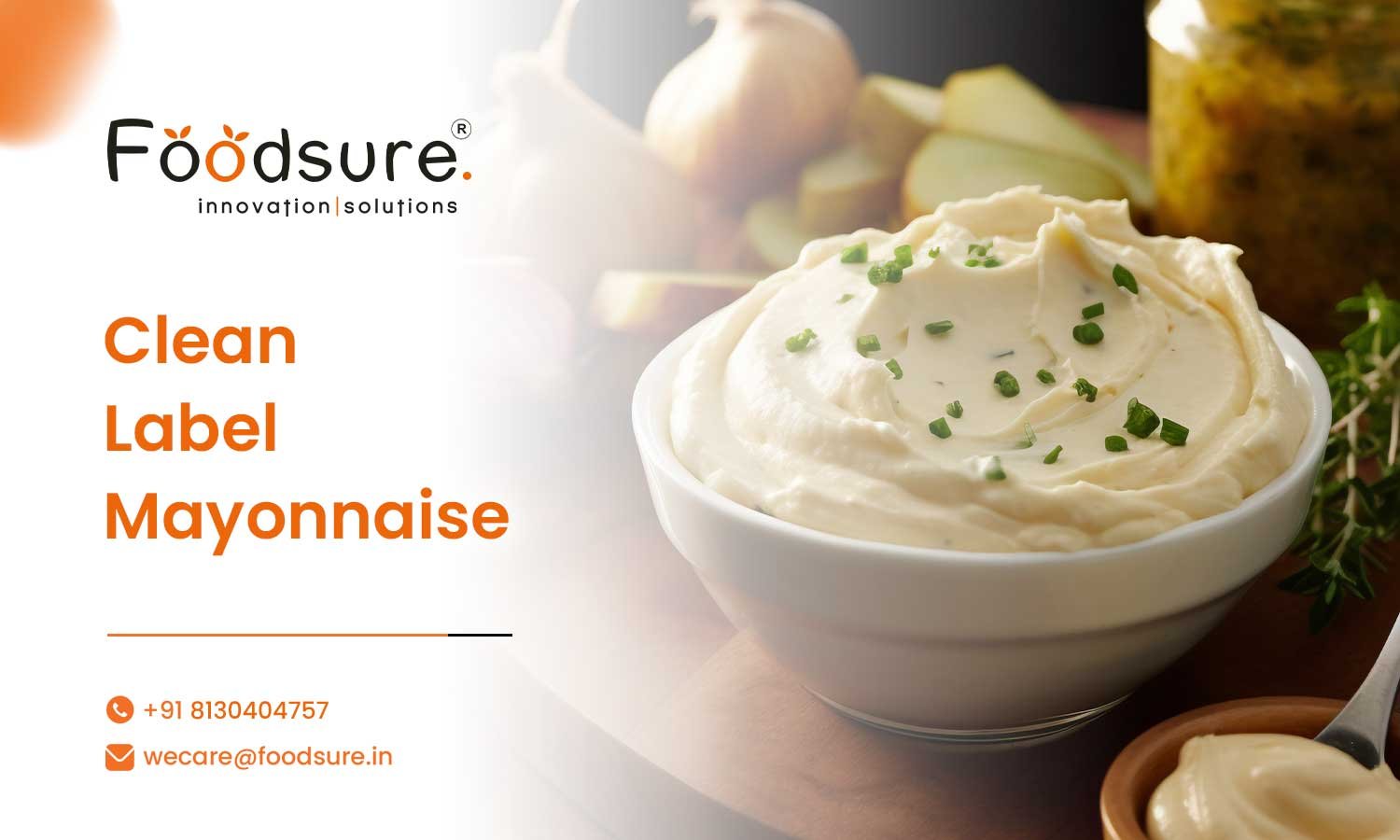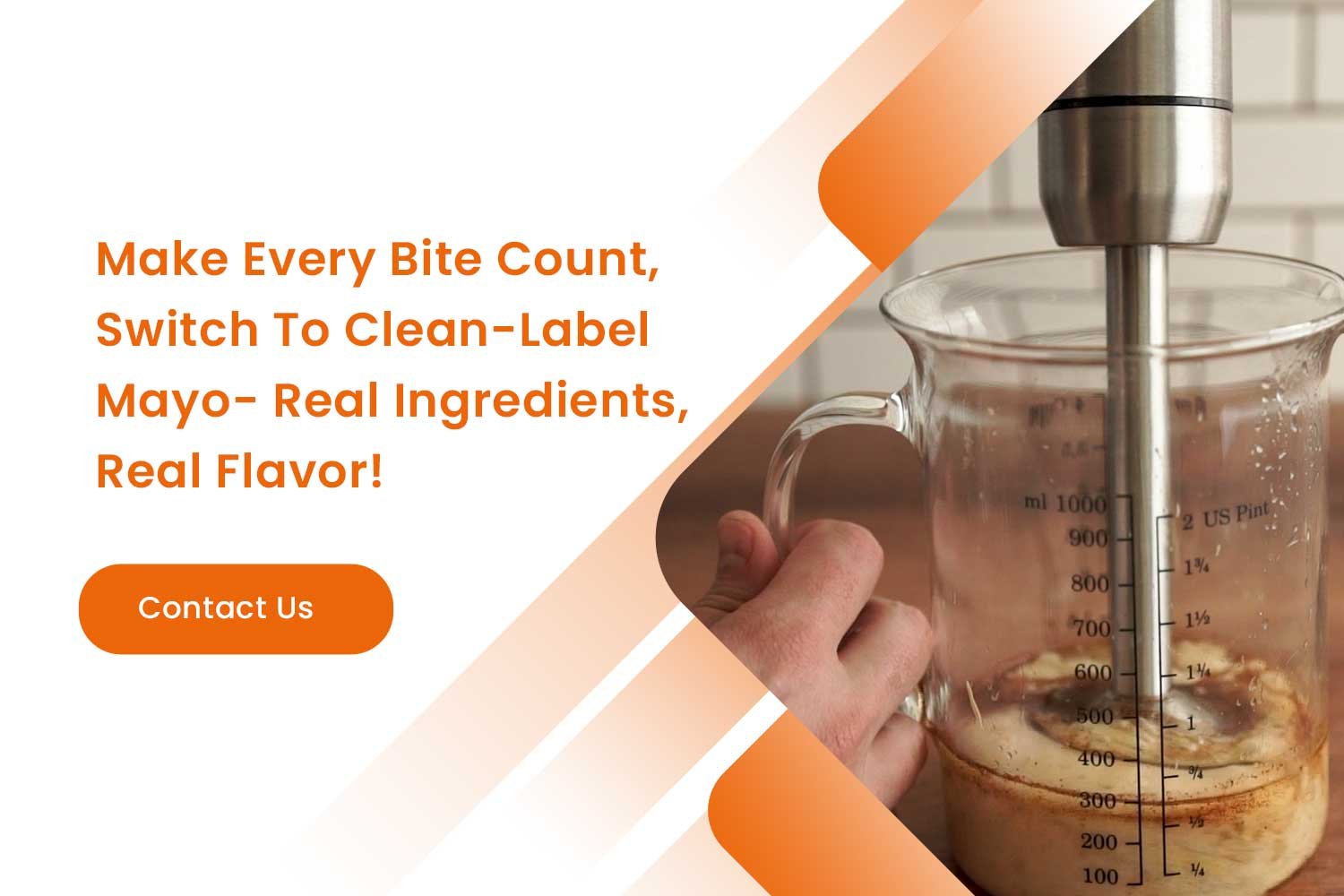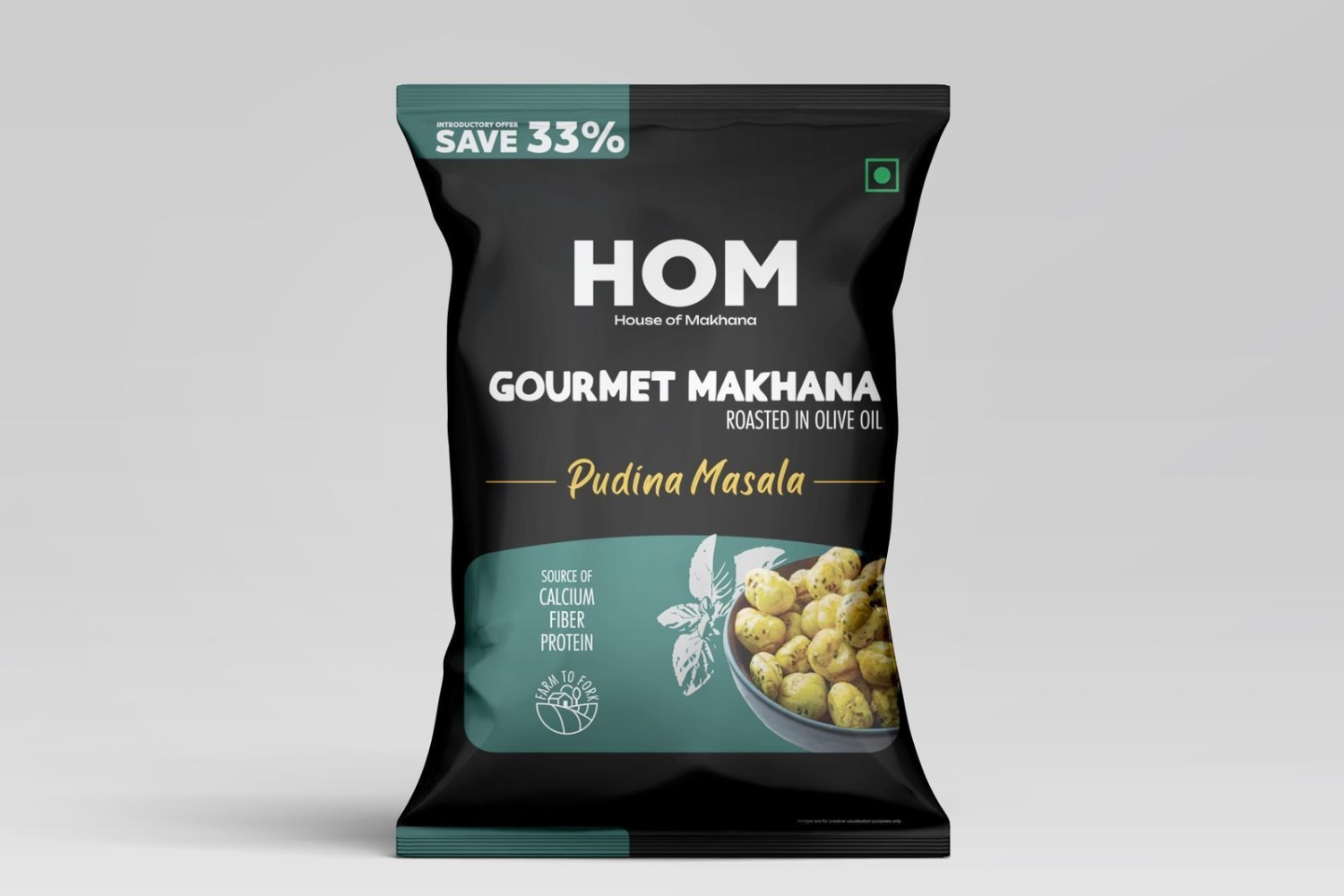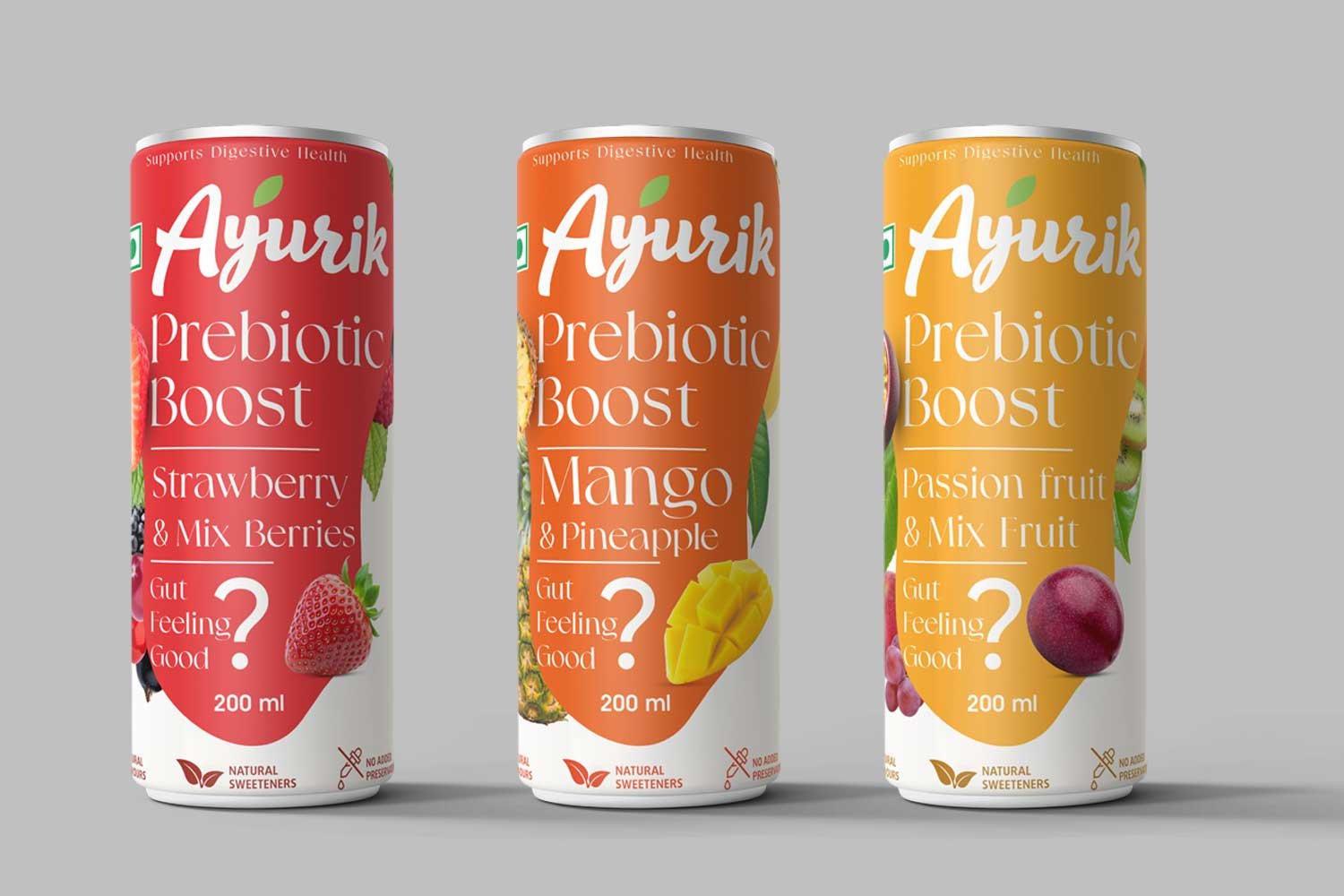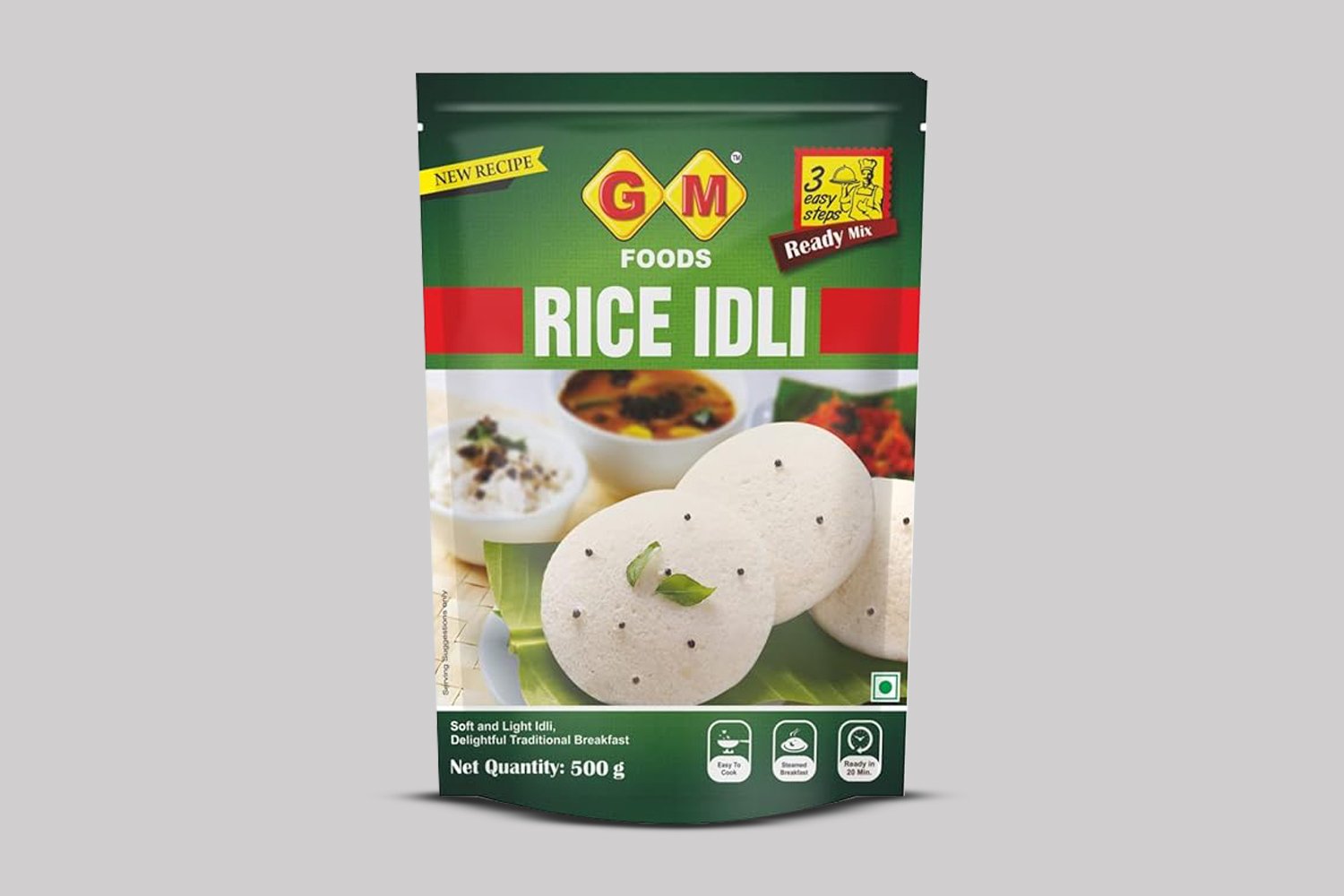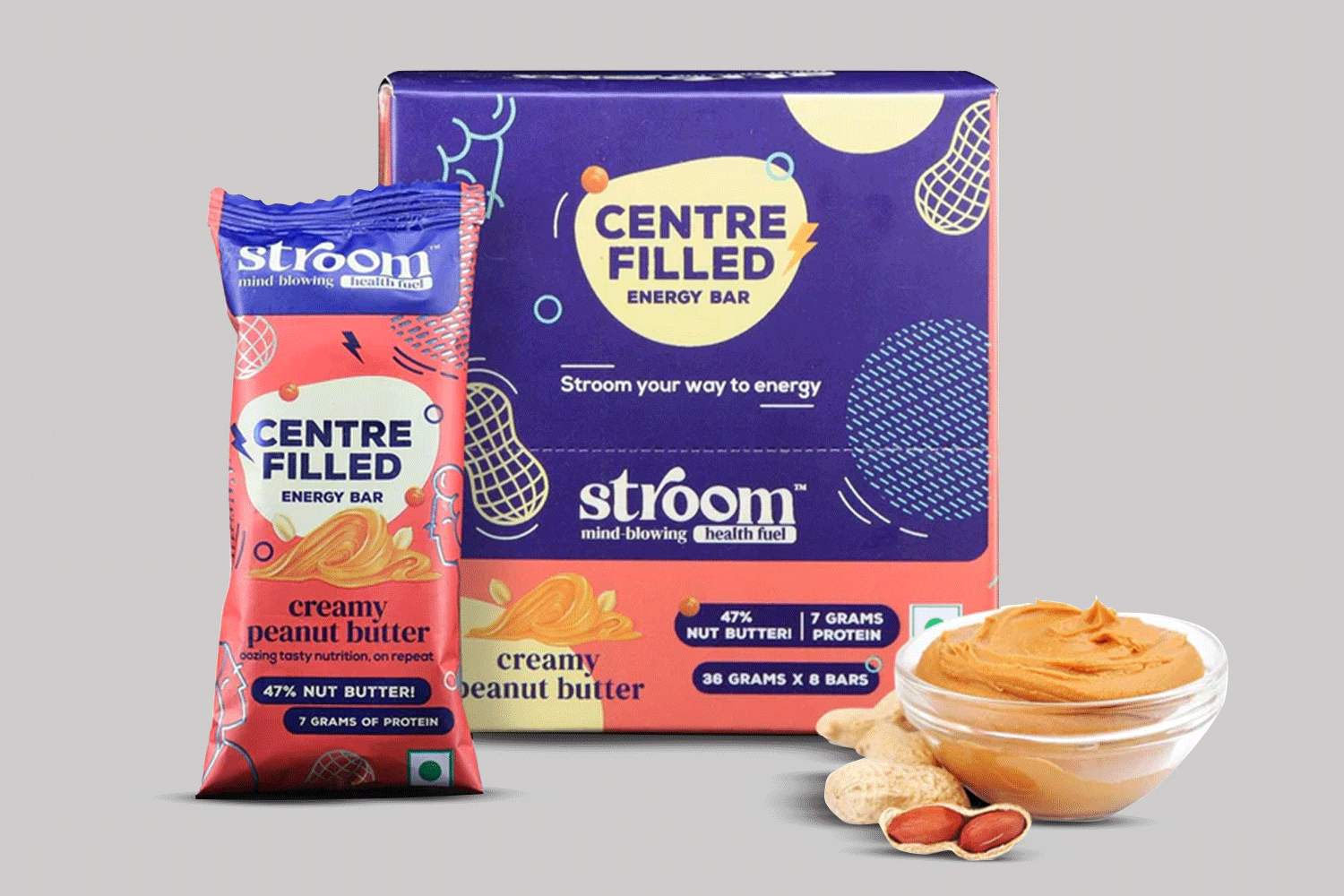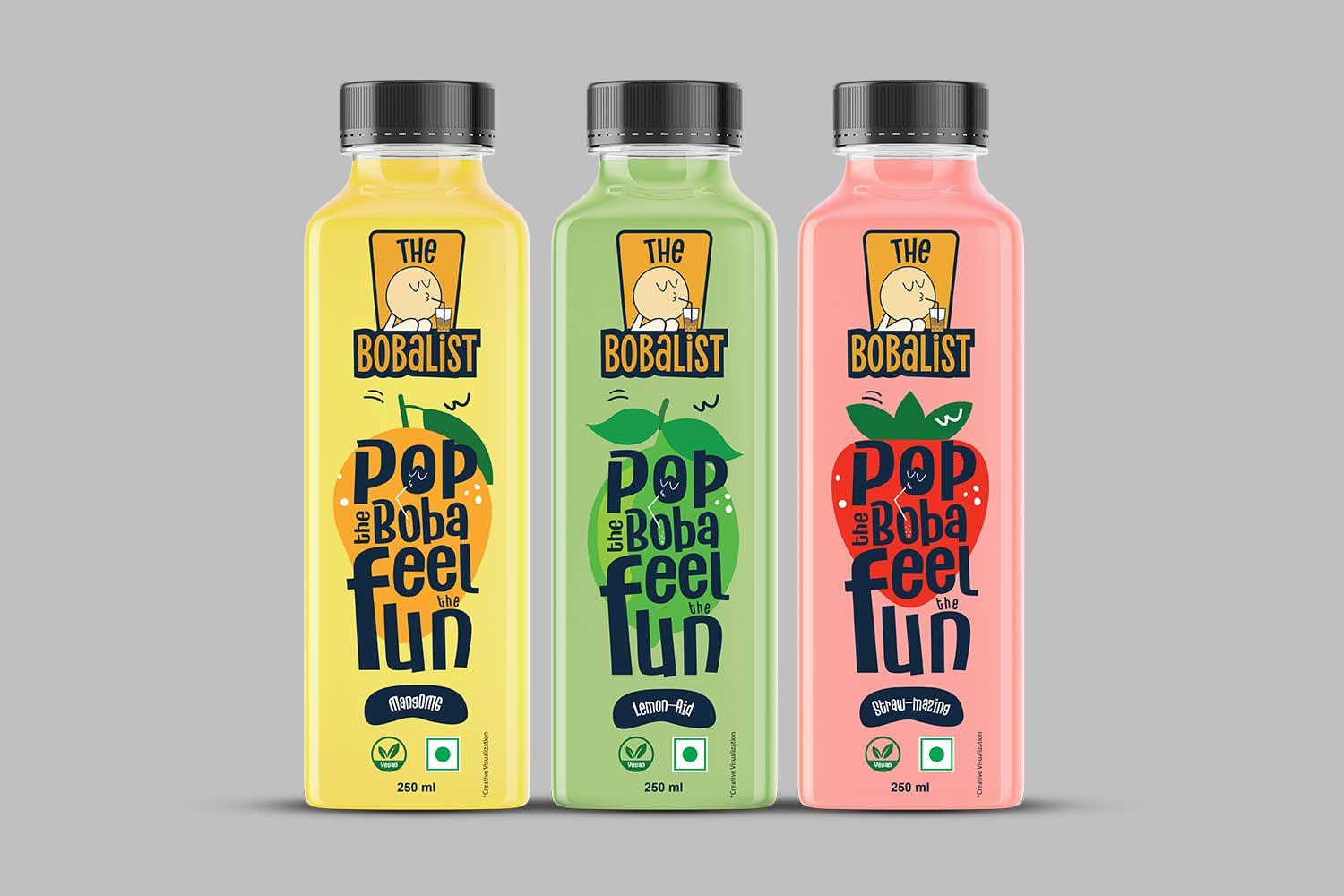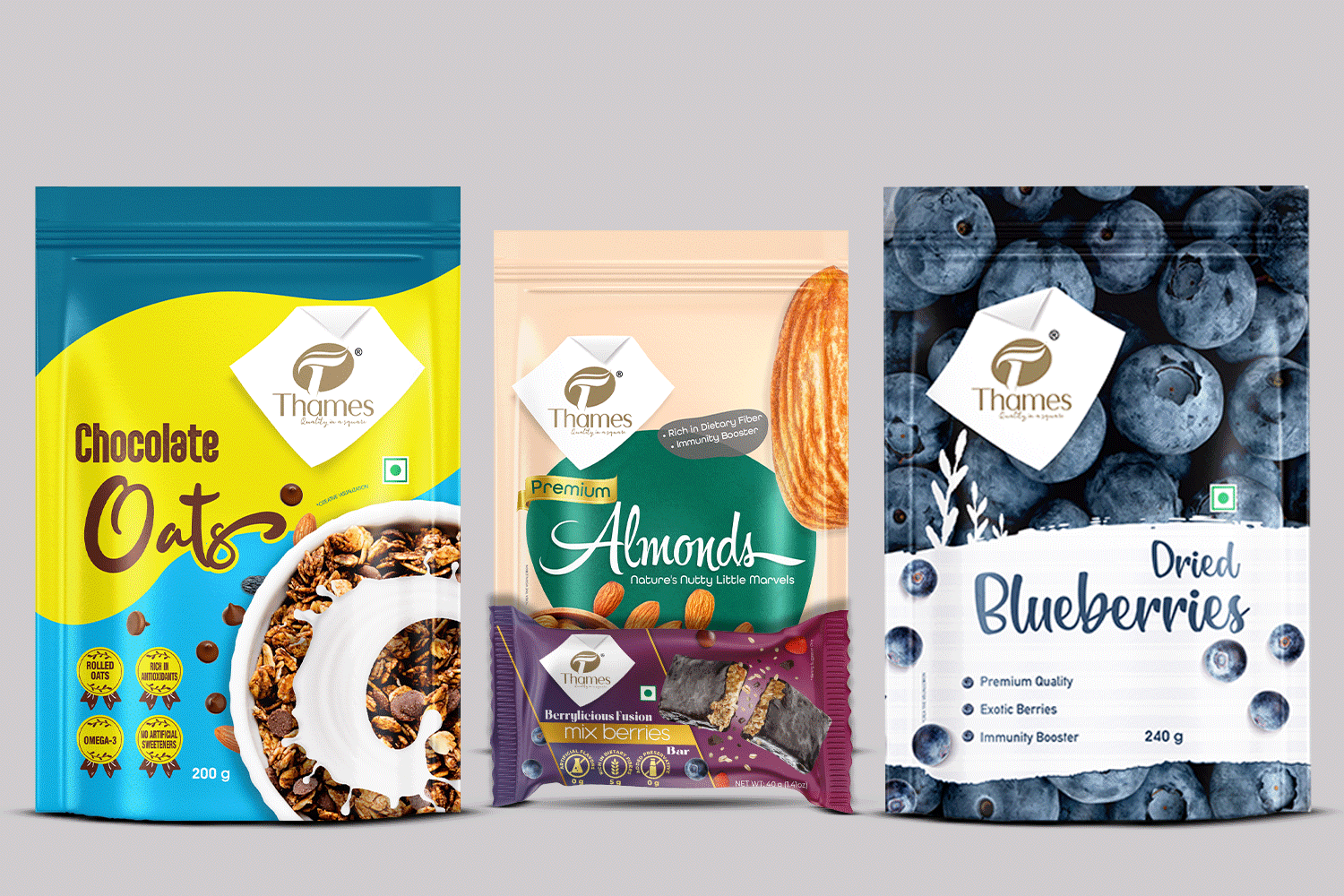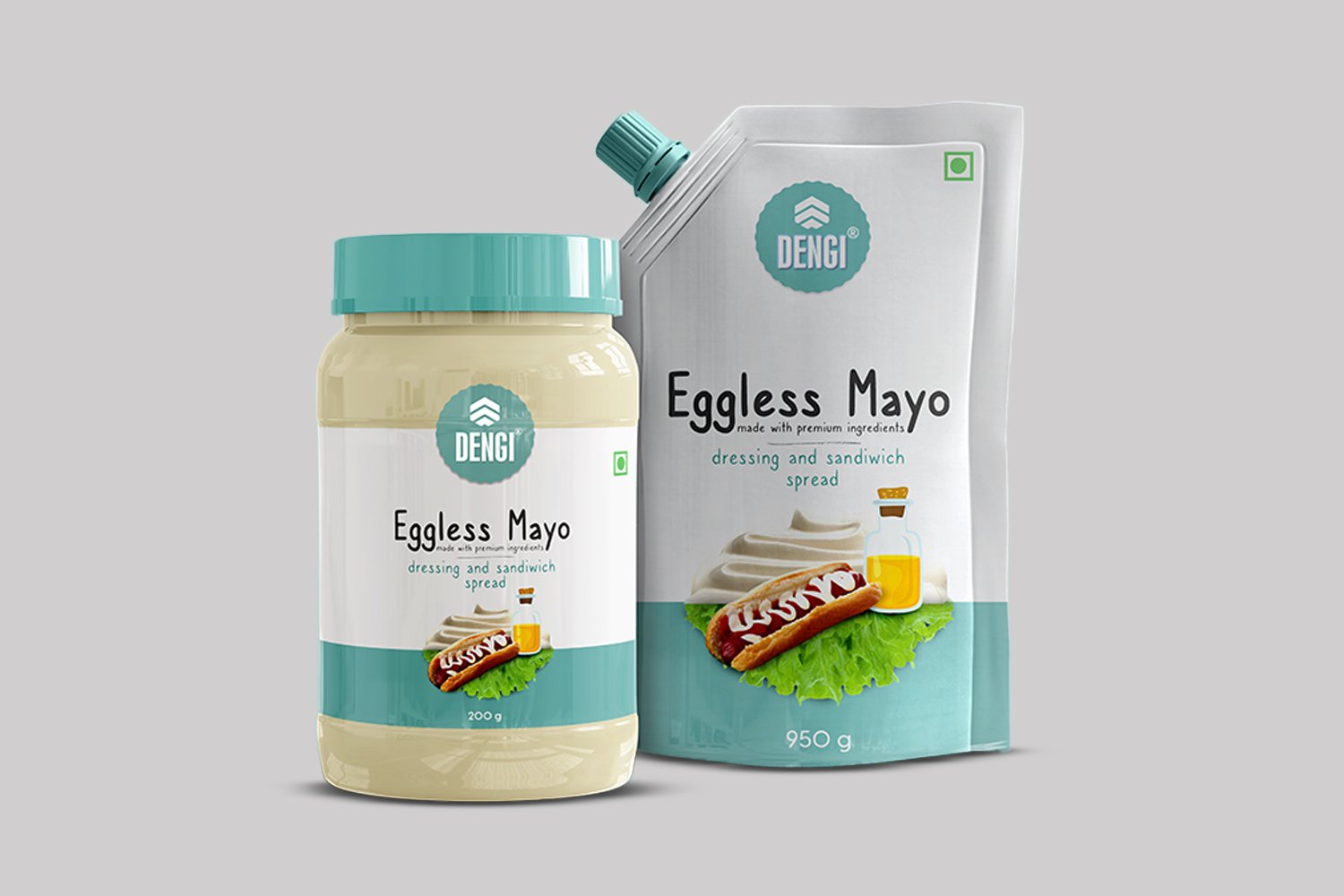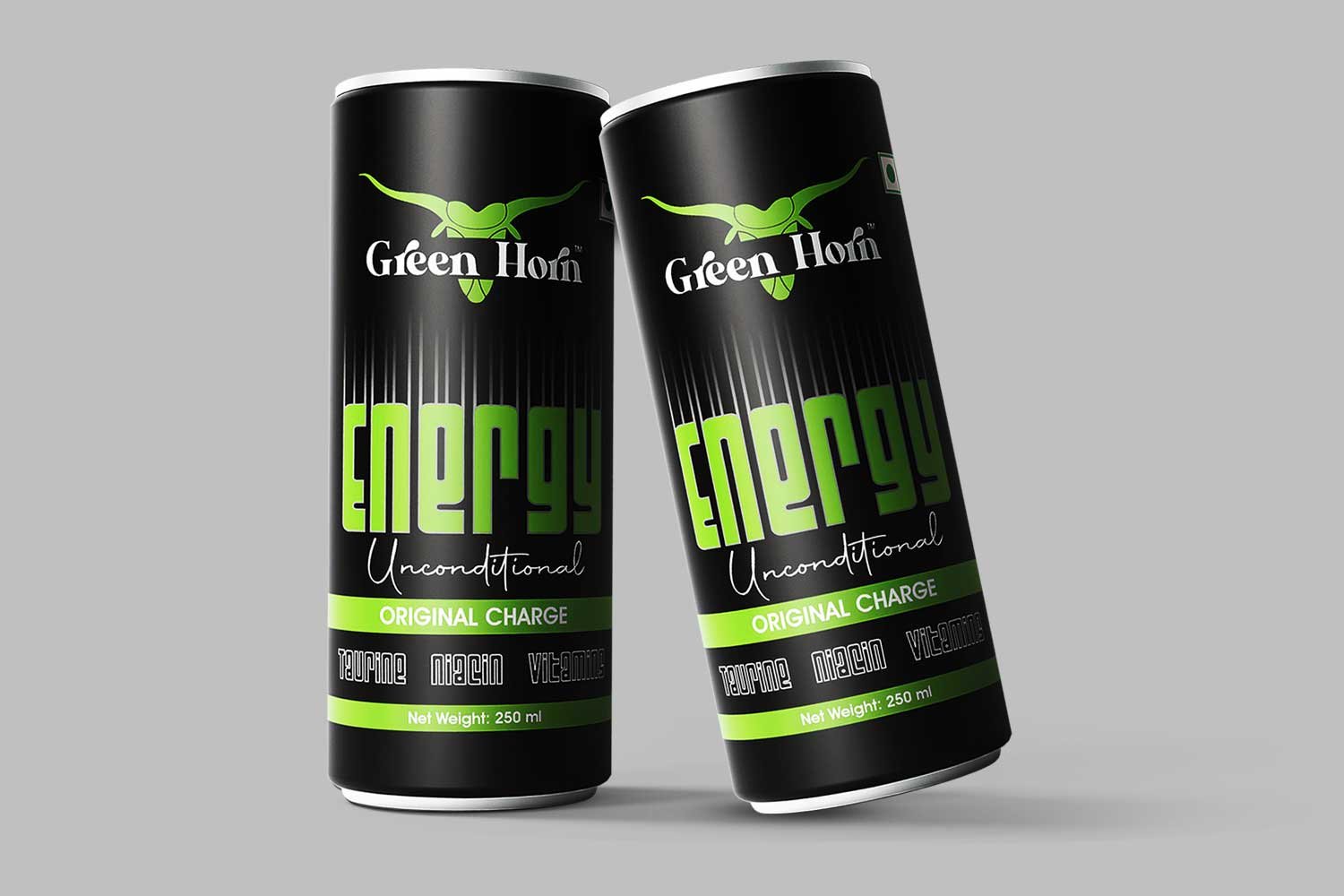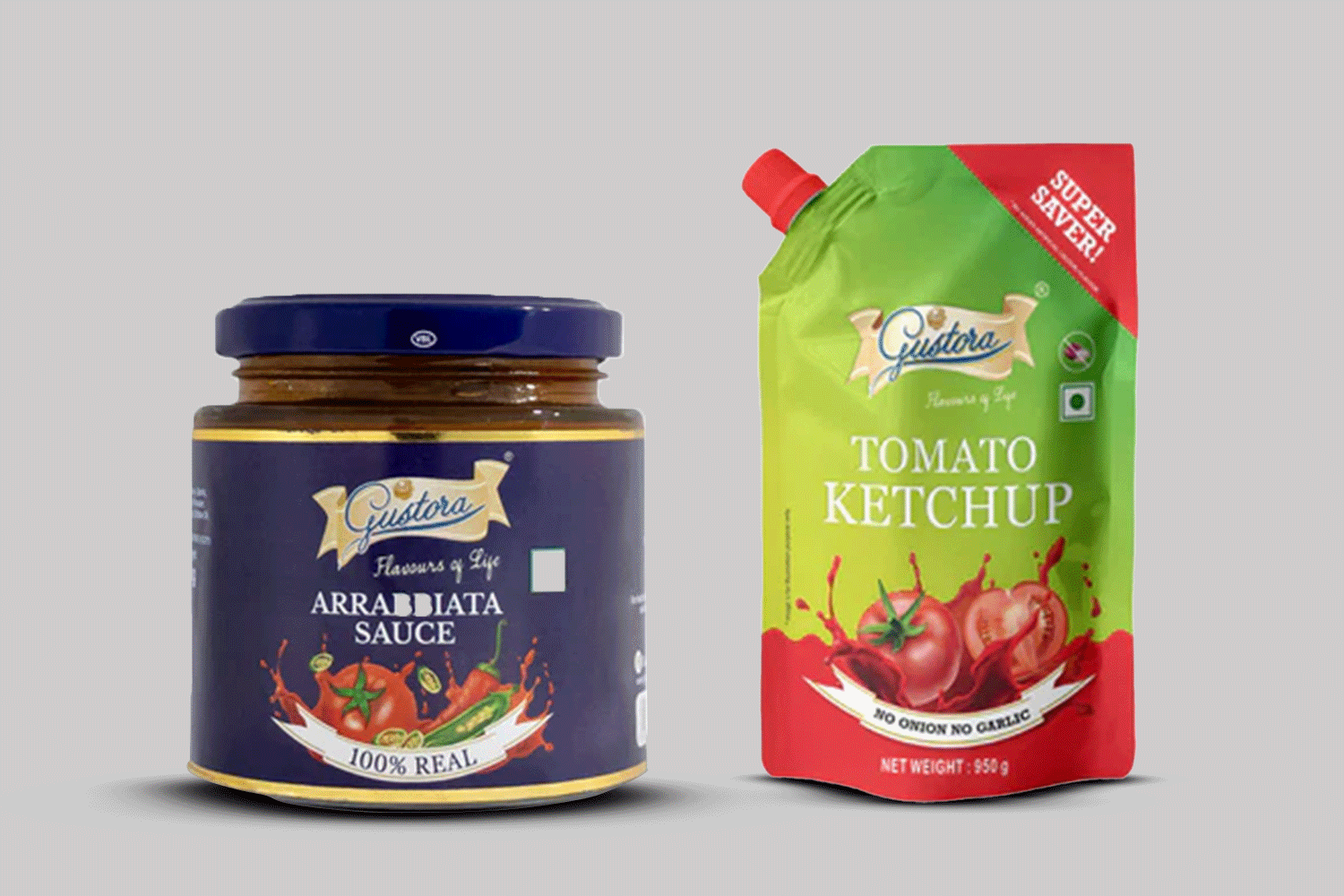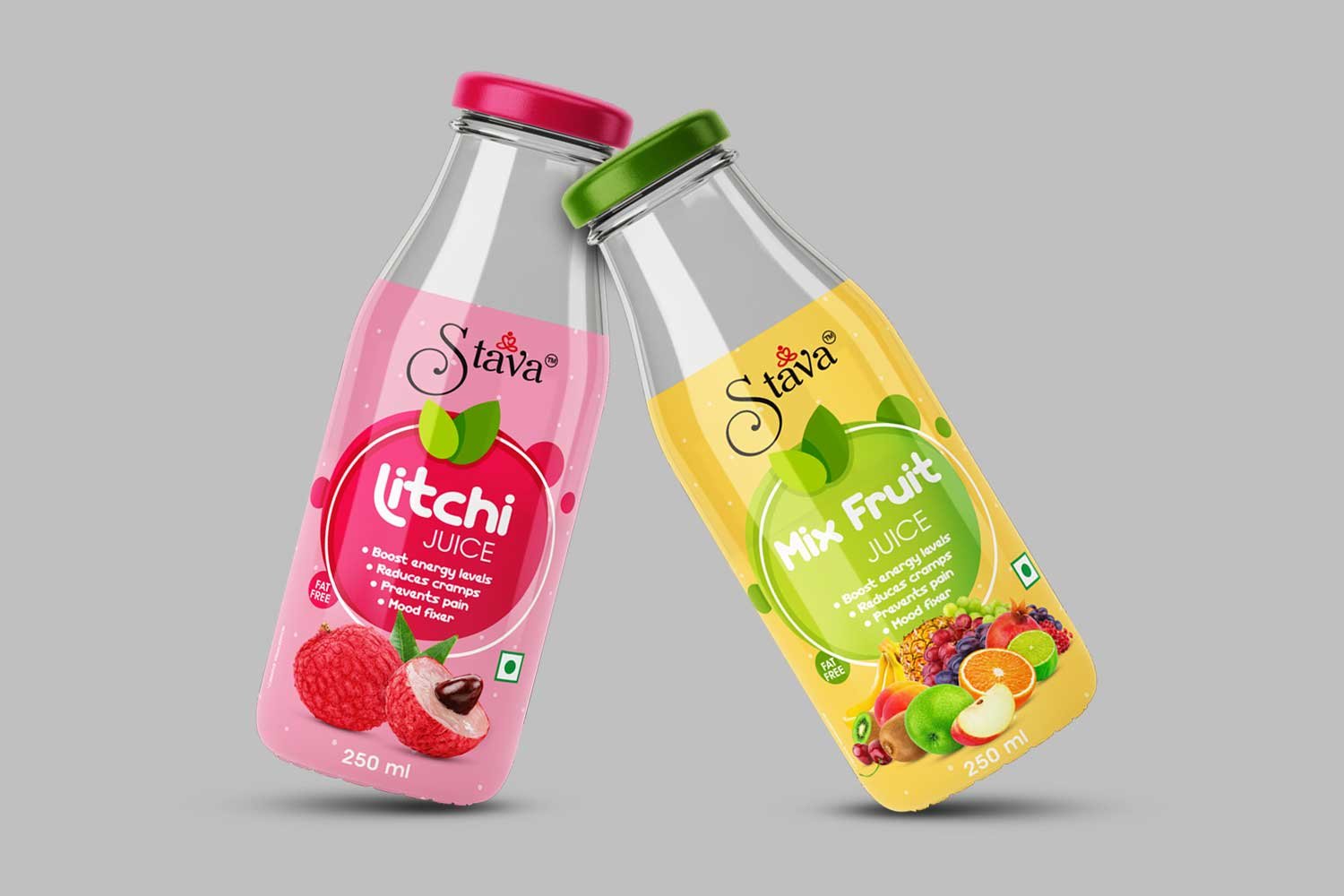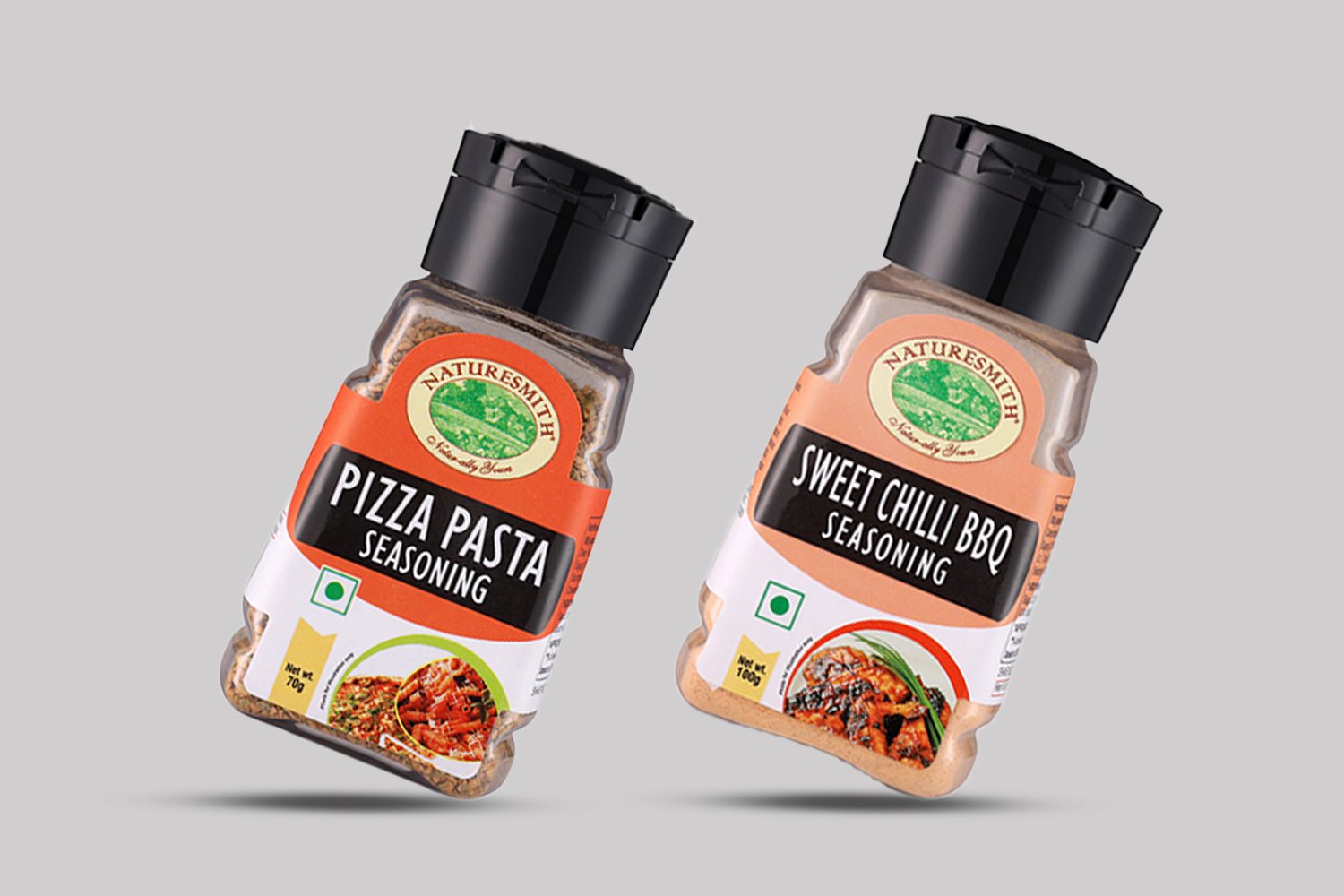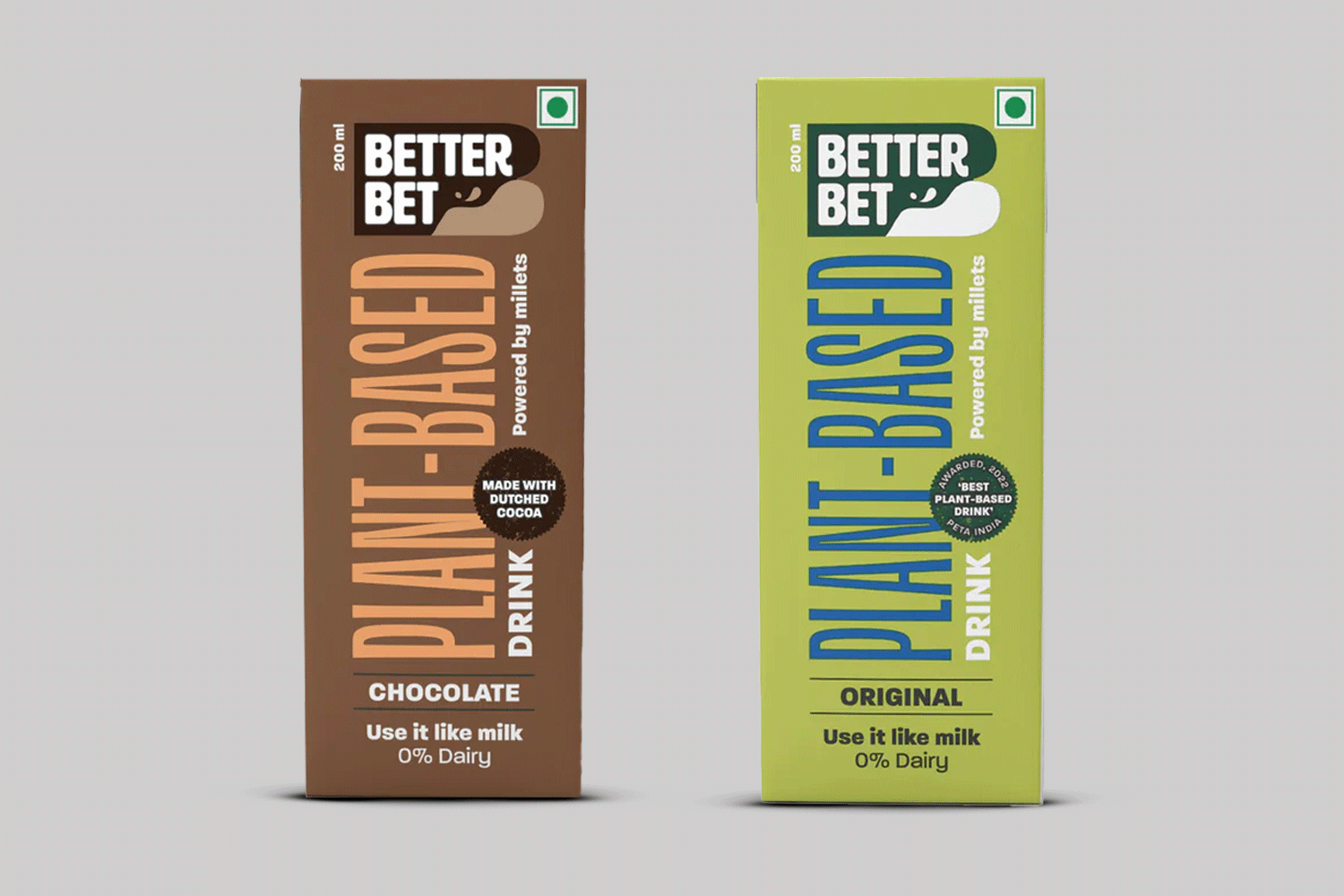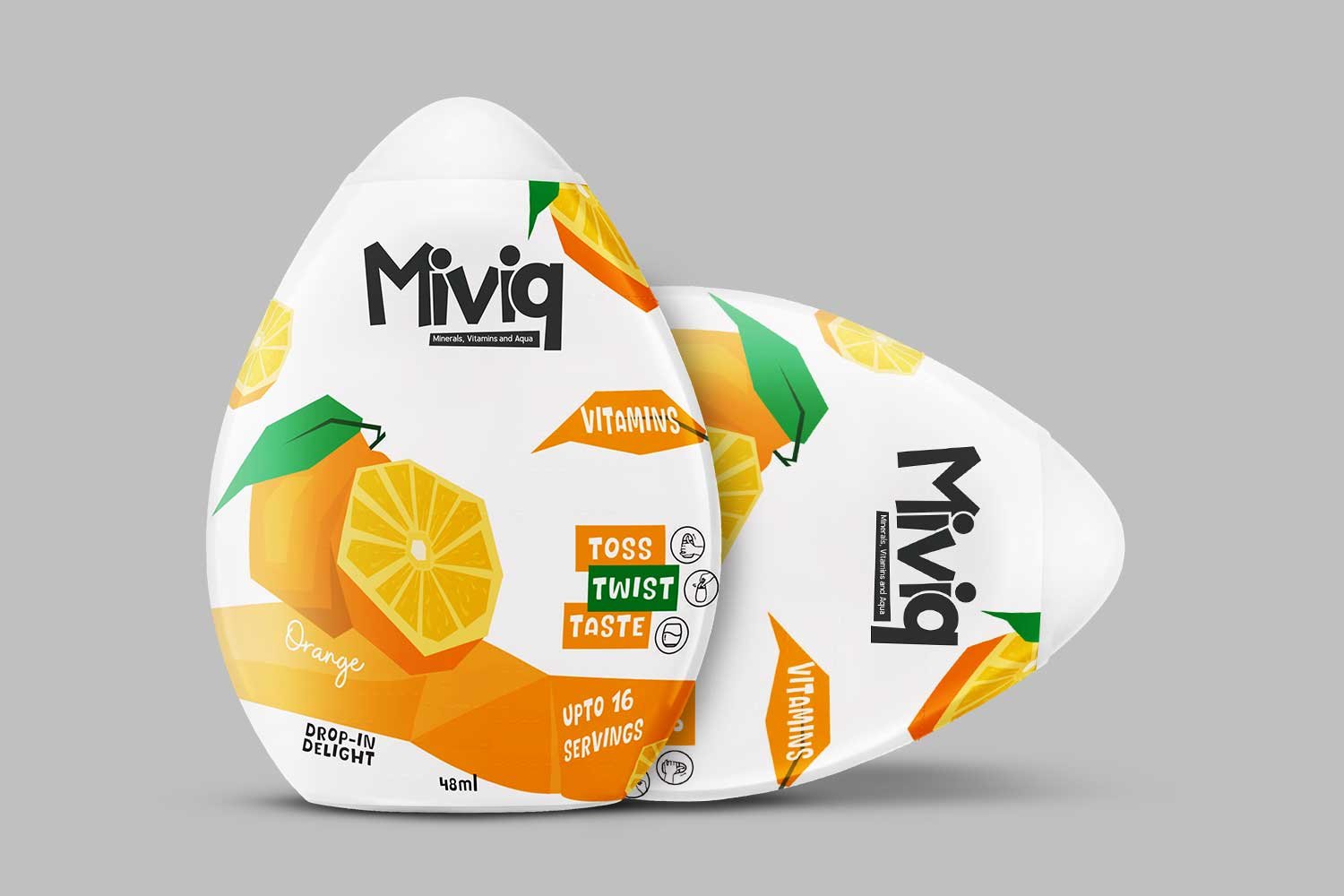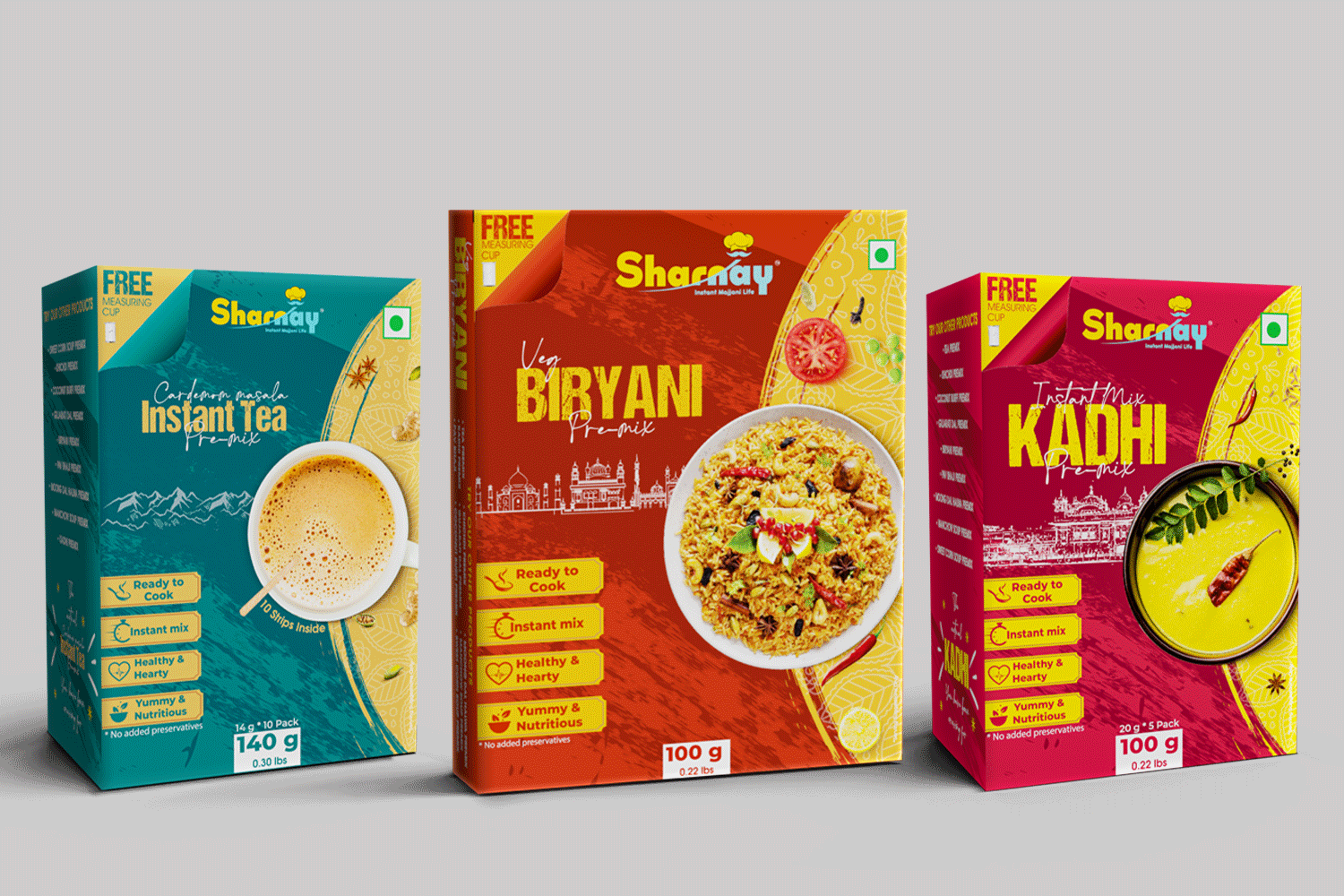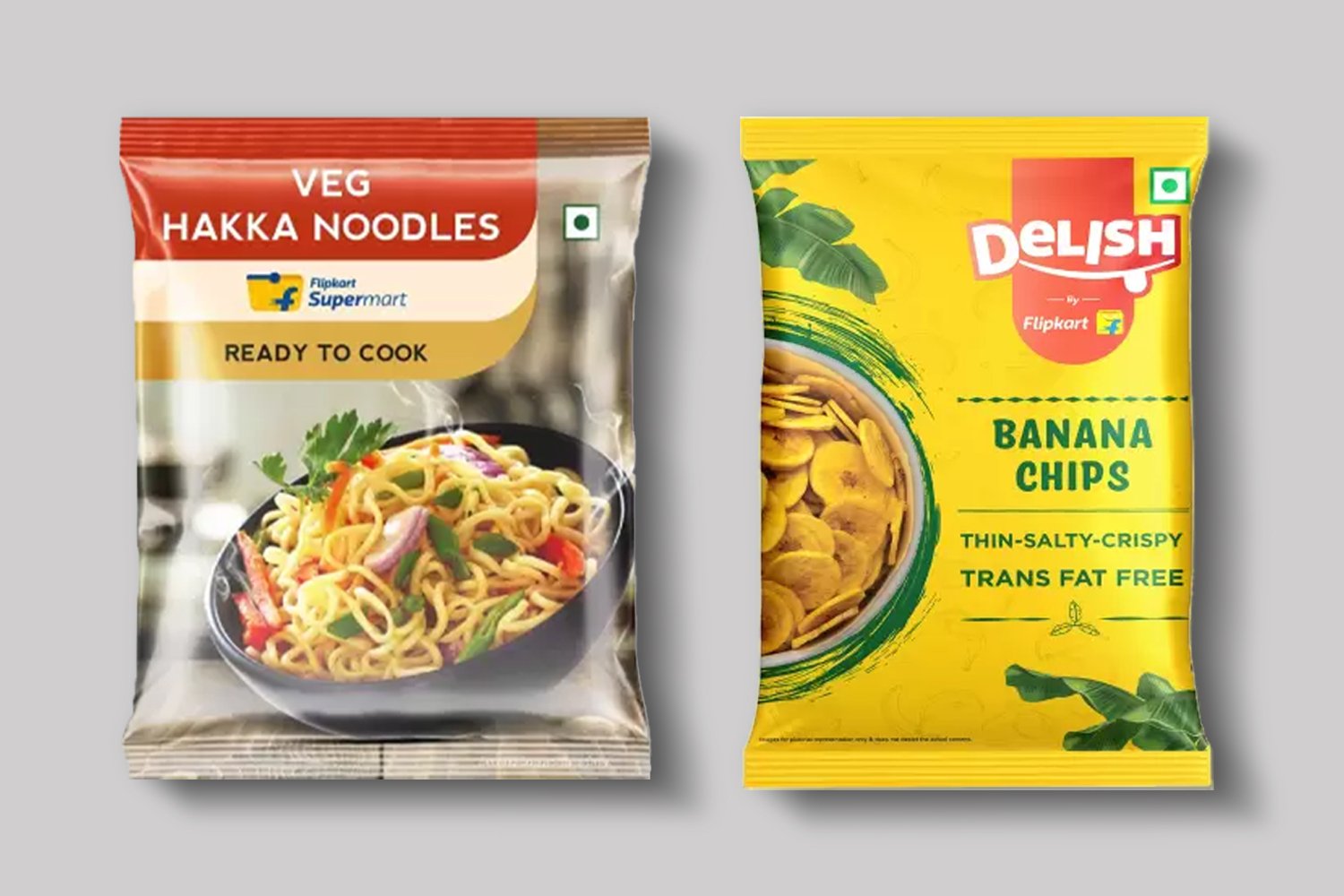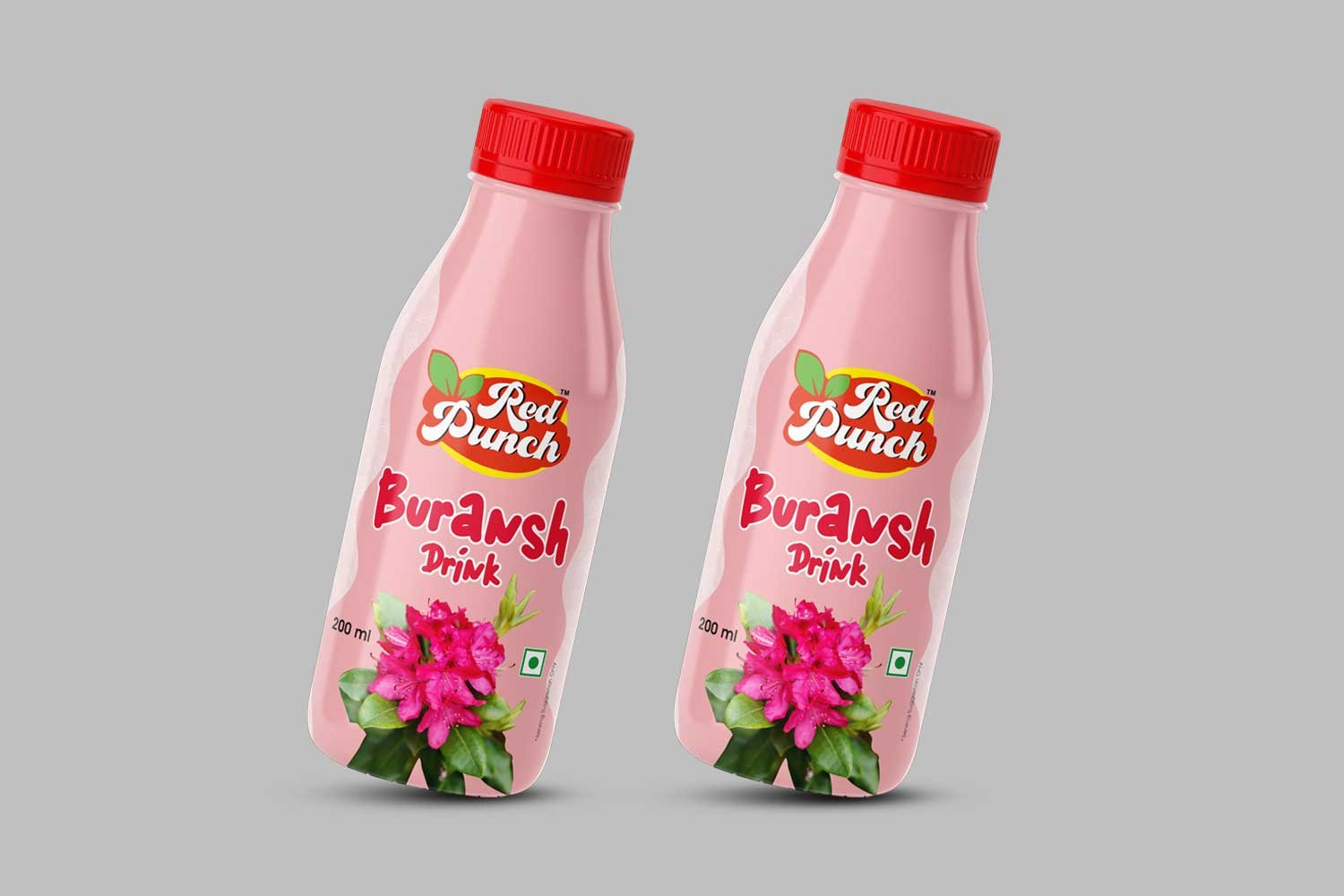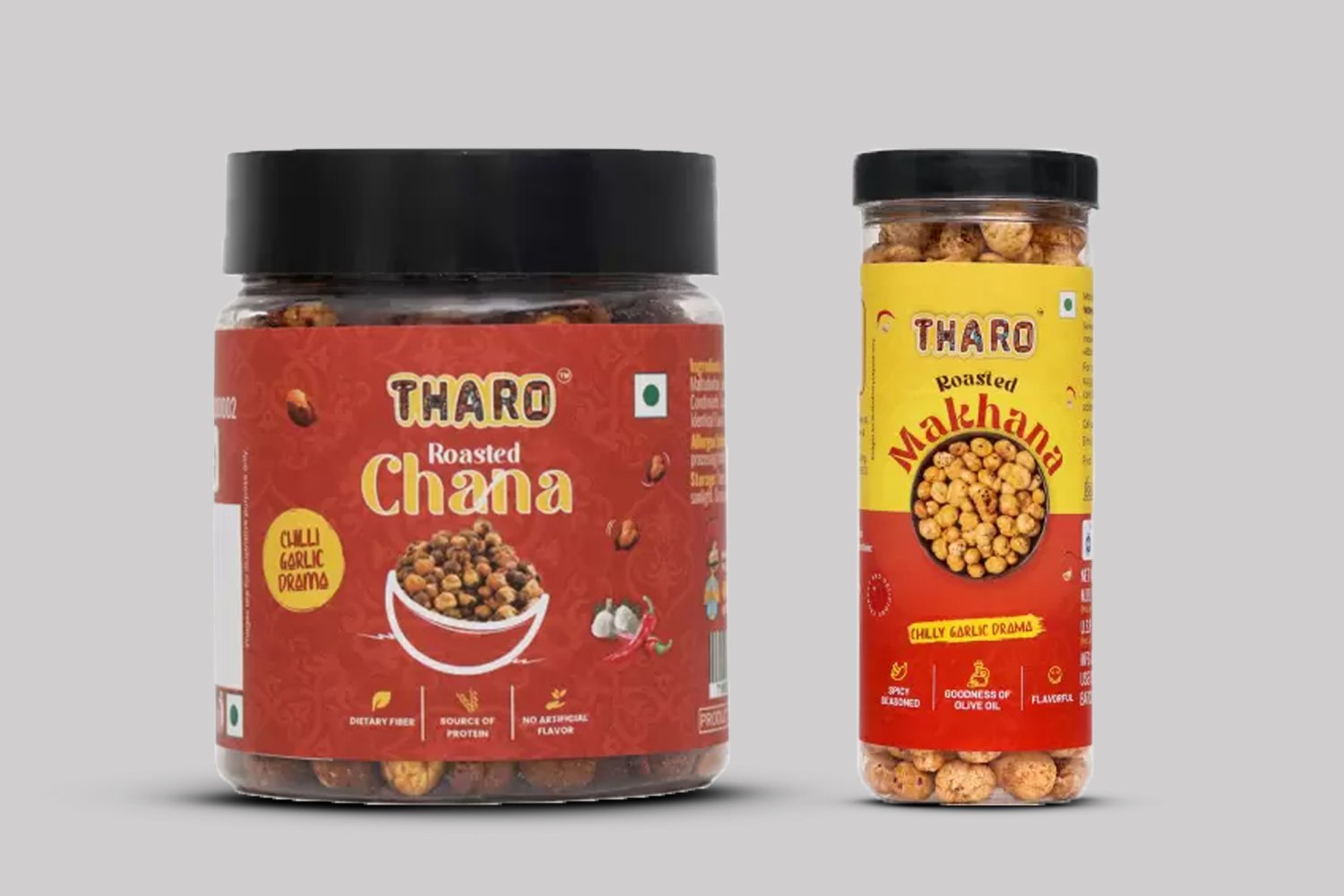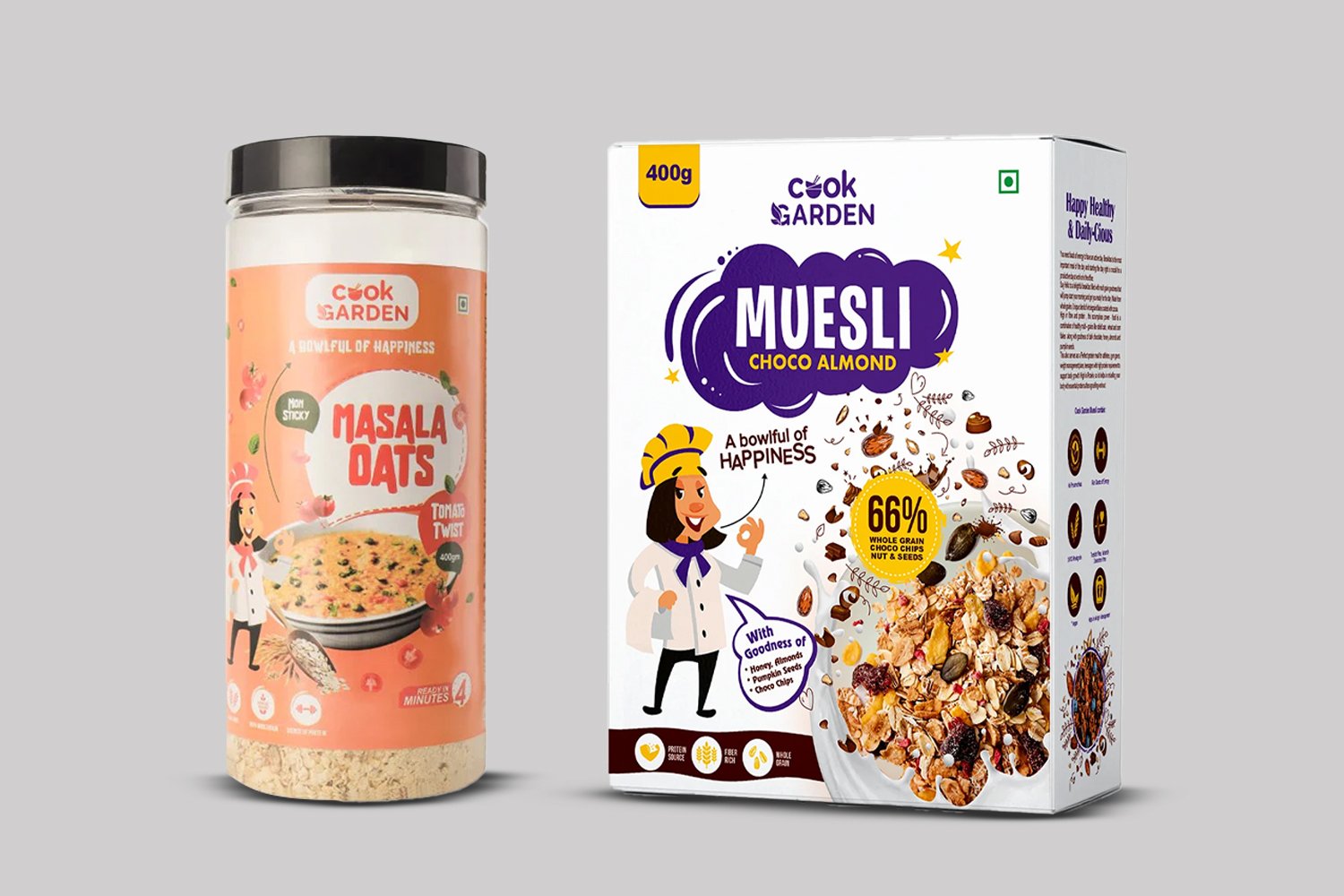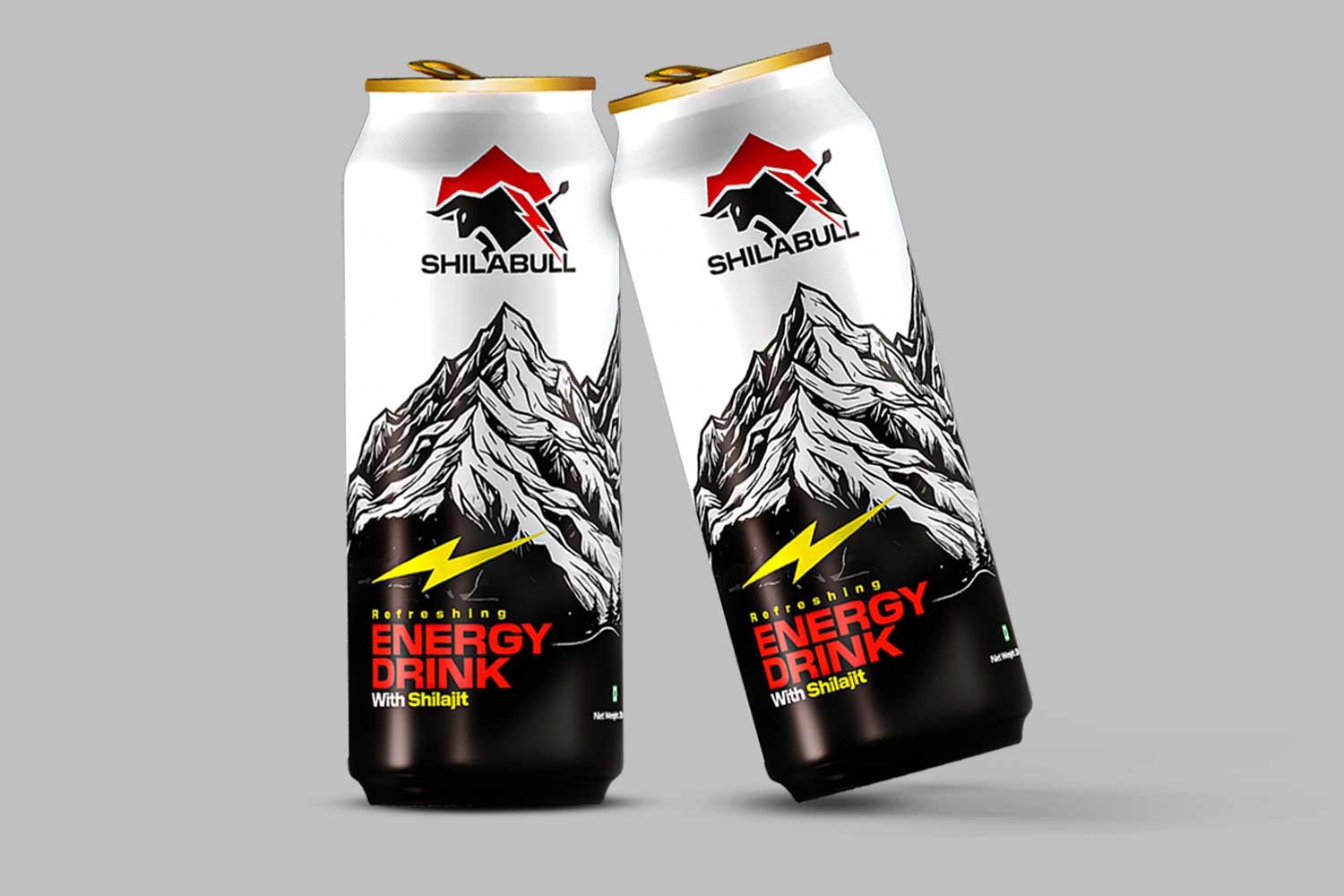In 2025, the food industry is changing a lot, with clean-label mayonnaise recipes taking the centre stage in the market. This is not just a trend of 2025; it’s because people want healthier, simpler foods that give deeper nutrition and are safe. Let’s take a closer look at why clean-label mayonnaise is in high demand and how it is formulated.
What Does ‘Clean-label’ Mean in Mayonnaise?
Clean-label mayonnaise is known for:
- Short and simple ingredient lists
- Use of familiar or natural mayonnaise ingredients
- No artificial additives, preservatives, or colorings are used
- Labelling is done clearly for the people to understand it easily
The trend of clean-label mayonnaise comes from the people who want more honesty, better health, and real and authentic food. Recent studies have shown that almost half of shoppers globally are buying more fresh, unprocessed foods, and about 30% are cutting back on processed items. Labels that say “no additives”, “organic”, “natural”, and “GMO-free” have become the biggest reasons for people to choose certain products.
Market Insights Of Clean-Label Mayonnaise Trends 2025
As per the report of Global Growth Insights, the clean-label mayonnaise market size and key findings are:
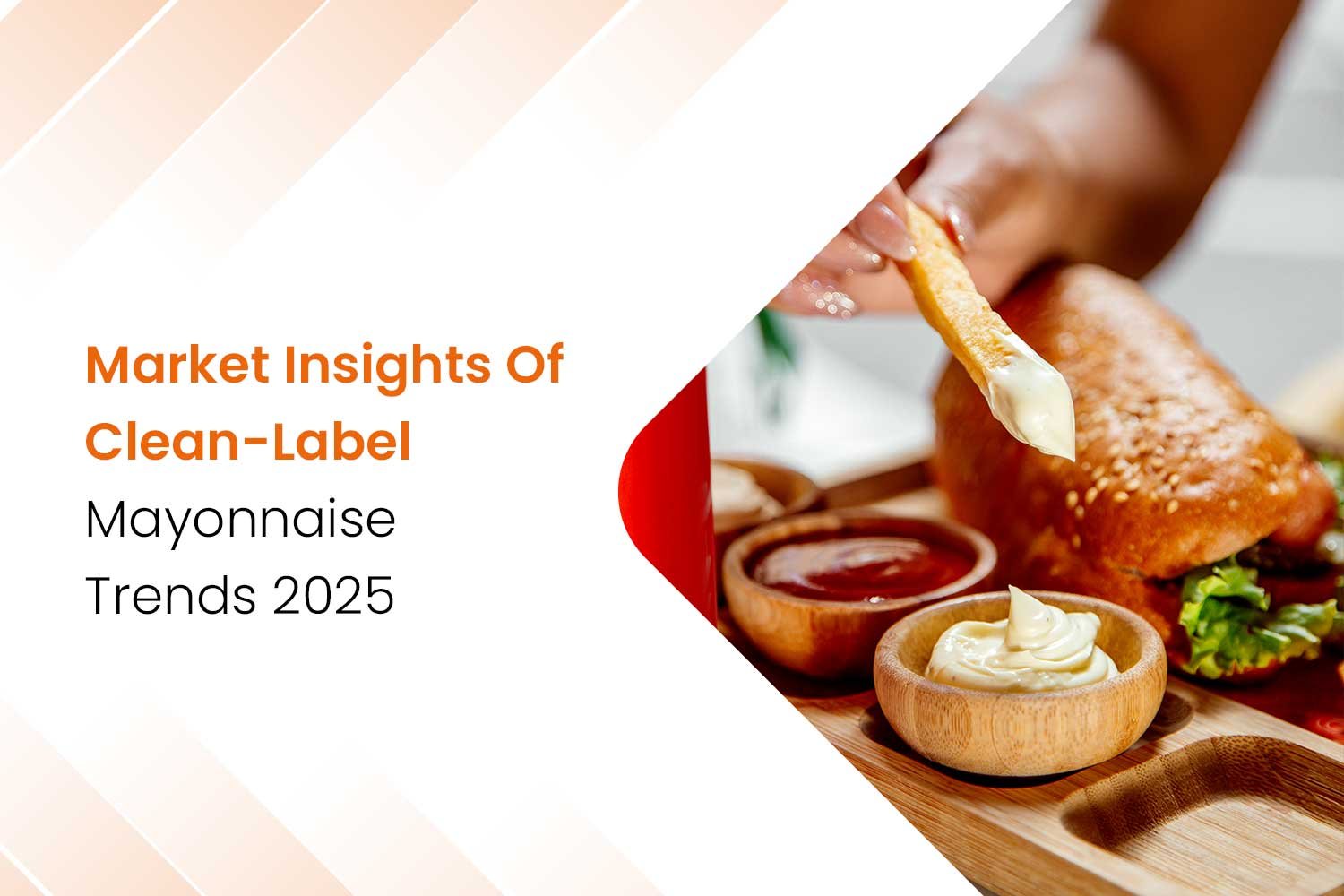
Clean-label Mayonnaise Market Size
The global clean-label mayonnaise market was valued at approximately USD 8.94 billion in 2024 and is expected to slightly increase to around USD 9.04 billion in 2025. Looking ahead, the market is set to grow rapidly, reaching close to USD 9.91 billion by 2033, with an average yearly growth of about 1.15% between 2025 and 2033.
Clean-label mayonnaise continues to enjoy strong demand in both retail and food service channels, especially in the United States. This demand has increased due to the growing interest of people in flavored, organic, and vegan mayonnaise options. The changing taste of the consumers, like, preferences for sandwiches or salads, are the main factors for this trend in 2025.
Key Findings Of The Clean-Label Mayonnaise Market
- Growth Promoters- The demand for eggless and vegan mayo has increased by 41%. The clean-label mayonnaise options are especially popular among Gen Z, with nearly half of them preferring this, and so approximately 29% of food services have adopted this.
- Trends to watch- 44% of the new mayonnaise products have exciting new flavors, 38% of products include organic ingredients, with 31% of mayonnaise coming in eco-friendly packaging, and 36% are made from plant-based ingredients.
- Top Brands- Unilever, Kewpie, Kraft Heinz, Nestlé, and McCormick are leading the mayonnaise market.
- Regional Highlights- North America accounts for 34% of global mayonnaise sales, while Asia-Pacific at 29%, Europe at 23%, and the Middle East & Africa at 14%. In Asia-Pacific, Japan stands out, making up 38% of the region’s consumption.
- Main Challenges- Rising ingredient costs are affecting 43% of producers. Other hurdles include regulations (33%), building and keeping consumer trust (25%), and finding ways to keep mayonnaise fresh for longer (29%).
- Mayonnaise Industry Shifts- About 37% of quick-service restaurants now use their special mayo mixes. Co-packing is in high demand, with 41% of brands using this approach. Clean-label innovation is a focus for 32% of companies, and 26% have switched to single-serve sachets.
- Recent Changes- Vegan mayonnaise launches have grown by a third, and there’s been a 28% rise in products with local flavors. Larger packs for institutions are up by 41%, and partnerships with celebrities have helped boost sales by 36%.
Over 60% of people regularly enjoy mayonnaise or dressings. Egg-free, vegan, and organic options are attracting more consumers, while 37% of new products feature herbs and spices. Growth is especially strong in developing countries, where urbanization and higher incomes have increased mayonnaise use by 46% in 5 years.
Why Is Clean-Label Mayonnaise Trending In 2025?
Now that we have seen the market growth of clean-label mayonnaise in 2025, the point that comes it what makes it trending, and so the main factors are:

Consumer Demand for Transparency and Health
Nowadays, consumers are more aware of their health from the food they are consuming. They carefully check ingredient lists, avoid artificial additives, and want honest labeling from food brands.
The main reasons behind the clean-label mayonnaise trend include:
- Growing concern about the health risks of artificial ingredients
- More food safety issues are making people look for safer, simpler options
- Social media is giving consumers a stronger voice and higher expectations for transparency
Scientific Health Benefits Of Clean-Label Mayonnaise
Clean-label Mayonnaise is getting popular globally, but traditional versions had high calories and additives for texture and shelf life. But now, food technologists do clean-label mayonnaise recipe formulation as a healthier choice that tastes great:
- Better fats: Using healthier oils like soybean or avocado oil instead of saturated fats can help lower bad cholesterol and reduce heart risks.
- Natural antioxidants: Fruit flours from nectarine, apple, or pear replace preservatives and sugar, increasing antioxidant levels in mayonnaise.
- Improved nutrient absorption: Mayonnaise helps the body absorb fat-soluble nutrients like carotenoids from vegetables, making meals more nutritious.
New Ingredients and Techniques In Clean-Label Mayonnaise
- Egg substitutes: Plant proteins like lupin and faba beans replace eggs, making mayo suitable for vegans and those with allergies.
- Natural preservatives and colors: Fruit flours and other natural ingredients keep the product fresh and colorful without synthetic chemicals.
- Texture and consistency: Careful testing makes sure that clean-label mayo stays creamy and smooth, even without traditional additives.
Focus on Sustainability and Ethics In Healthy Mayonnaise Formulation
- Using food by-products: Fruit flours made from surplus or imperfect produce help cut down food waste.
- Plant-based options: Vegan mayonnaise lowers reliance on animal farming, which helps reduce environmental impact and appeals to ethical shoppers.
The Science Behind Clean-Label Mayonnaise Formulation
Clean label mayonnaise uses natural ingredients to replace traditional additives:
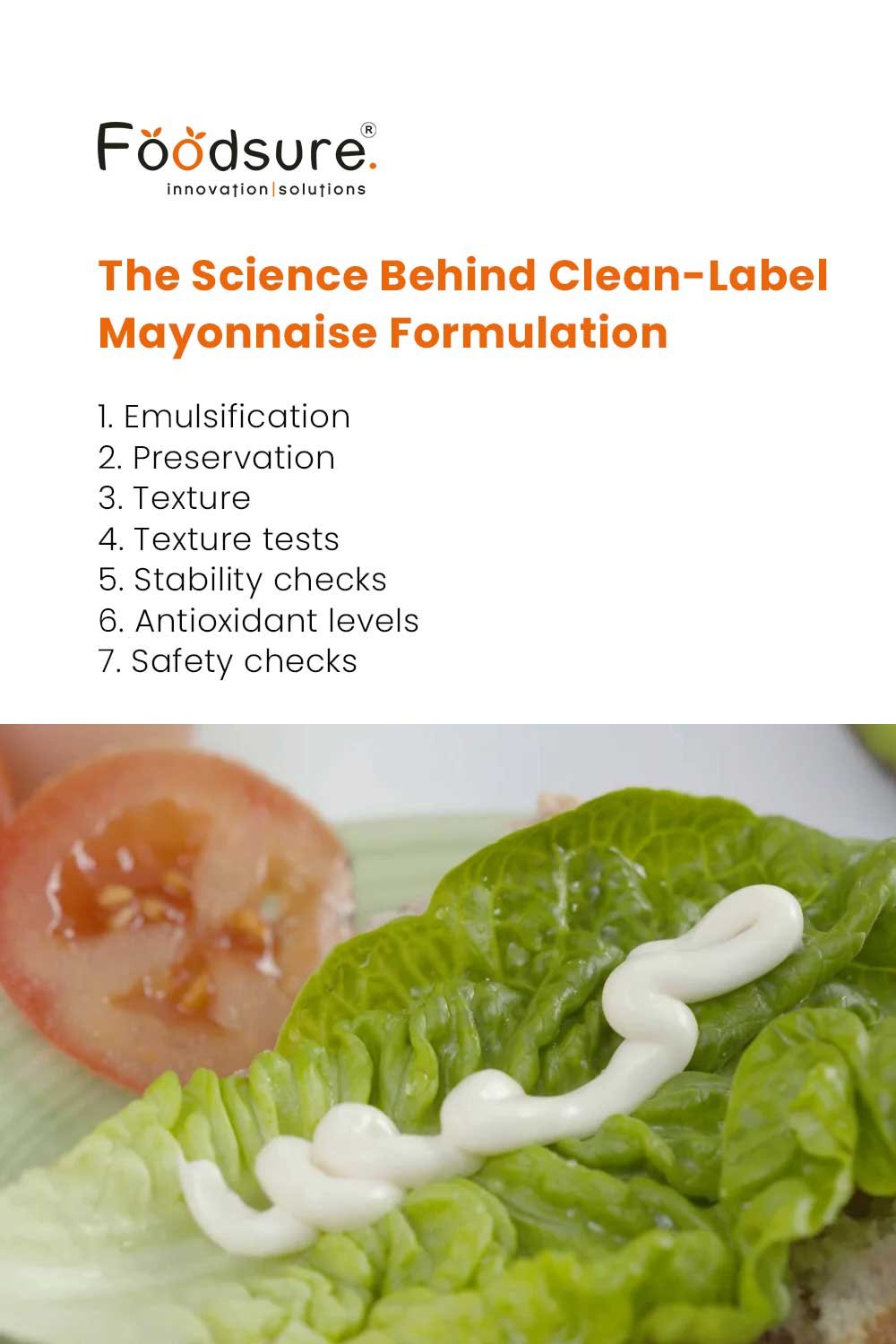
- Emulsification: Plant proteins like lupin and faba bean keep oil and water mixed.
- Preservation: Fruit flours provide natural antioxidants to extend shelf life.
- Texture: Dietary fibers from fruit flours create a creamy, thick consistency.
- Stability checks: These look at how well the mayo holds together and flows, which is important for quality.
- Antioxidant levels: Tests measure how much health-boosting antioxidants are in the mayo, with nectarine flour showing strong results.
- Safety checks: Microbiological tests confirm the mayo stays safe to eat and fresh, even without traditional preservatives.
To get insights with expert guidance on Mistakes to Avoid In Mayonnaise Recipe Formulation, read this.
Make Every Bite Count, Switch To Clean-Label Mayo- Real Ingredients, Real Flavor!
Enjoy clean-label mayonnaise made with natural ingredients that make your meals a favorite. Without any artificial additives, this clean-label mayo has a smooth texture and full flavor you’ll appreciate. Whether you prefer egg-free, vegan, or organic varieties, it’s a great choice for tasty, healthier eating every day. Contact Foodsure’s clean-label mayonnaise formulation experts now on +91 8130404757 and grow your business with clean-label mayonnaise formulation.
Savor the genuine taste, because every bite should be better!

